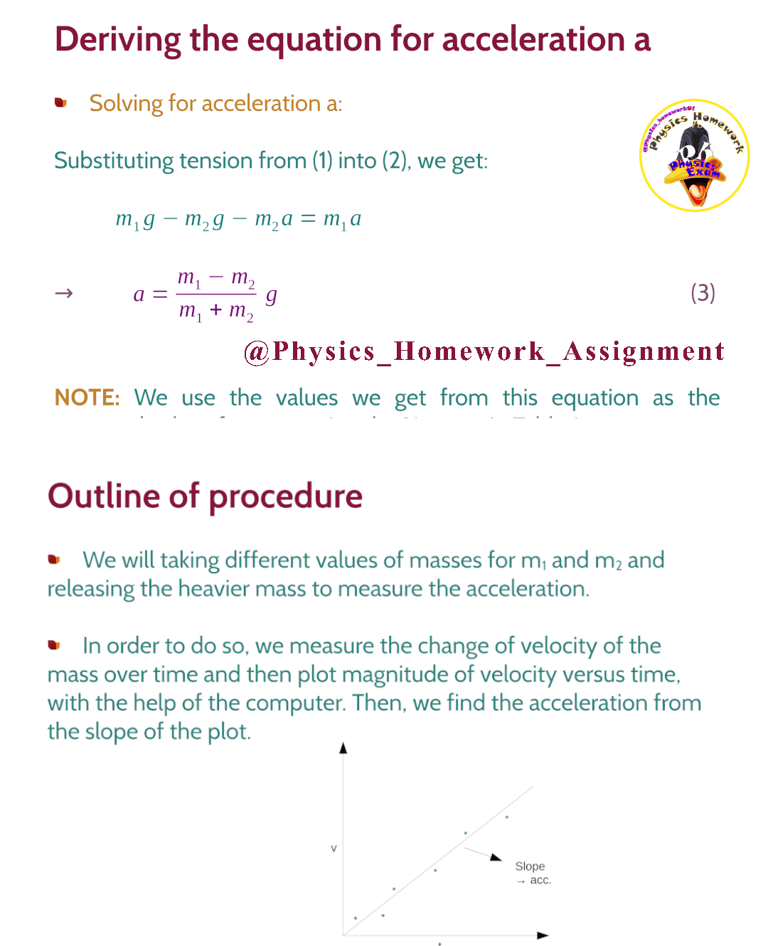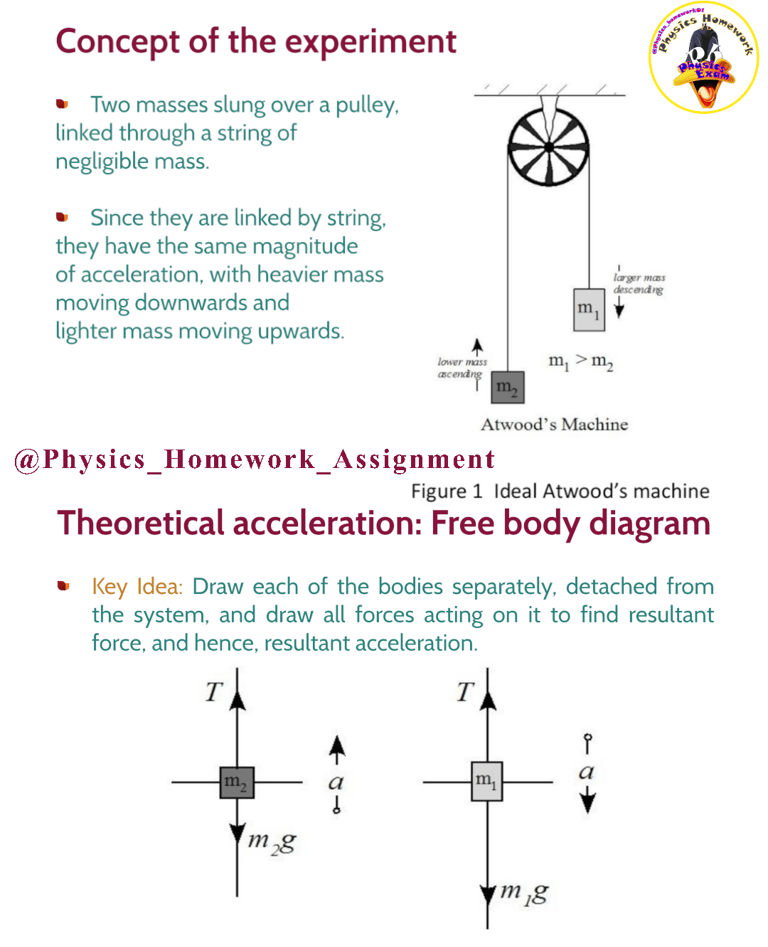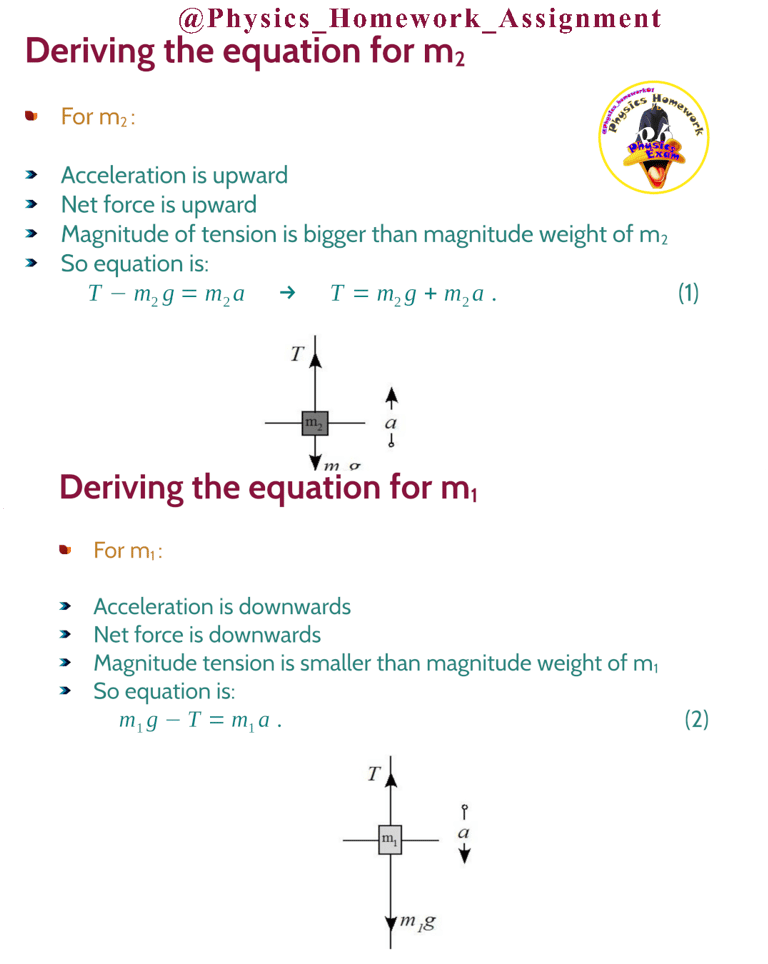Atwood's machine
Blog post description.
3/10/20252 min read


Atwood's machine is a classic physics experiment used to study motion, acceleration, and Newton's Second Law. It consists of two masses connected by a string that passes over a frictionless pulley. When the masses are unequal, the heavier mass accelerates downward while the lighter one moves upward, demonstrating the effects of gravitational force and tension in the string. The system's acceleration depends on the difference in mass and the total mass of both objects. By analyzing Atwood's motion, scientists and students can derive equations for acceleration and tension, reinforcing fundamental principles of mechanics.
One practical example of Atwood’s machine is in physics laboratories, where it is used to verify Newton’s Second Law experimentally. By measuring the acceleration of the system and knowing the masses, students can calculate the net force and compare it to theoretical predictions. Another example can be found in elevators with counterweights, which operate similarly to Atwood’s machine by reducing the force needed to lift the elevator. This principle helps conserve energy and improve efficiency in tall buildings.
A real-world application of Atwood's motion is in pulley systems used in cranes and construction sites. When lifting materials, counterweights are often used to balance the load and reduce the force required to operate the crane. Additionally, space exploration utilizes similar principles when designing tethered satellite systems, where the forces acting on connected objects in microgravity can be studied using Atwood’s machine equations. These examples highlight how Atwood’s motion extends beyond the classroom, influencing engineering, transportation, and aerospace technology.




Solutions
Expert assistance for your physics lab assignments.
Support
Help
© 2025. All rights reserved.
